-
Posts
382 -
Joined
-
Last visited
Content Type
Profiles
Forums
Events
Posts posted by Leo B
-
-
There is in a center a big hole in the body under the back seat. I think it have to be plugged with rubber? Does that hole have a purpose?
-
-
Thank you Avanti83. Actually I have the spring clip. It was not in the correct place and I didnt know this purpose. I will add also venting hose.
This was big help from you all👍😊 -
Thank you. Now I understand that the smaller one is the breather and the bigger one is for attachment. I found an article today where the larger one has been vented and the smaller one is closed. This prevents dirt and water from entering the axle and stern. Specially for 4X4 vehicles.
https://slickrock4x4.com/dana-44-vent-axle/
I think also (like writer of article), that small and open breather hole is not an good idea. It can easily become clogged with dirt. No wonder the idea was changed later. -
-
6 minutes ago, mfg said:
Interesting picture!...Thanks for posting!
Good to know if somebody changes the Vin Number Plate and make a fake. There is a correct hidden one.😁
-
-
-
-
On 11/18/2022 at 6:11 AM, arkus said:
return spring
Return spring is situated correctly like in this photo. + Throttle Spring to Manifold Valve Cover Bracket 536596
-
Hi, I have leaner that about 18 would be nice. If more... good.
More:
https://www.onallcylinders.com/2015/05/08/quick-tech-how-to-read-a-vacuum-gauge-to-pinpoint-engine-problems/ -
4 hours ago, lschuc said:
We had several tech articles on adapting the Tremec or T5 transmissions to an Avanti.
Issue 99, page 28; Issue 94, page 25; Issue 180, page 38; and issue 146, page 25.
Thank You Lew 👍
-
When I bought new water pump, cam shaft timing gear, I bought also new fan shroud, belts and this fan clutch and result is normal "noise/music".
https://www.parts123.com/parts123/dyndetail.pta?catalog=0001003a&uKeY=AAECZ
Edit. If you have stethoscope check also sound from timing gear. -
-
Hi, Please tell...
Which T-5 Speed Borg-Warner/Tremec model is an alternative to the original 4-speed gearbox? -
2 hours ago, Pmaenner said:
The colortune looks pretty cool, but I don't know how you would read it when driving the car to see how wot or part throttle looks.
More
-
How long? Time and distance are not important. Drive with warm/hot engine using avarage driving speed and normal engine load. Stop and turn off the engine (less idle the better). Light tan or brown is nice. Some plugs will be lighter and some darker. This is normal.
About crankcase ventilation... Please read Workshop Manual / Engine page 5 and 6. Dont do any changes.Please check this article
https://www.championautoparts.com/Parts-Matter/automotive-repair-and-maintenance/how-to-read-spark-plugs.html -
In older engines and racing engines, the breath is not directed back from oilpan or valve cover to the combustion chamber/carburetor. The crankcases and covers breathe directly out through their own filters. Racing cars want as clean and oxygen-rich air as possible into the combustion chamber. But in our standard cars, the different is not so urgent. So keep it like it is. Works like 64studeavanti wrote.
You can only read rough values from the plug regardless of whether the mixture is too rich or too lean. Today's fuel no longer gives coffee brown color. Test plugs are available with which the richness of the fuel can be adjusted reasonably well. Search on google: Gunson Colortune Spark Plug Tester. But this way the problem will be youll find that one cylinder is richer or leaner than the other and endless tuning with eights plugs. Good tool in one or two cylinder engine (motorcycle).
You need best total solution. The best way to find the correct adjustment (do it yourself) is https://actron.com/content/engine-performance-testing-vacuum-gauge These are the things I have learned. If anyone can add or correct, please let me know. -
Hi again. I just remember one thing which makes loud sound - Bad Timing Gear.
Also note that Stude Avanti 289 uses aluminium gear which is not the quietest. I had classic Volvo and tested three different timing gears; Fiber, aluminium and steel. Huge differences. Fiber had very soft sound and steel like airplane turbo sound. I think that fiber do not stand 289 power. Aluminium is used also in classic sport Volvos. Steel in race Volvos. Bad and dry timing gear will make very loud sound.
I use Mechanic's Stethoscope to find where the sound comes. -
Does it spin freely when you turn it by hand but not roll? Have you installed the fan correctly way (5 blade: the top of the blade turns forward)?
BTW... do you have 5 blade or 6 blade? It has been said that 6 blade makes more noise? -
In this videothe engine is cold so you will hear knock sound from lifters. But when warm the sound is much softer. Note that phone records mostly high sound frequencies.
https://www.dropbox.com/sh/uztyilp7fwc3q3i/AAC8oDcL3kHoGRaIM0XxW9TNa?dl=0 -
-
-



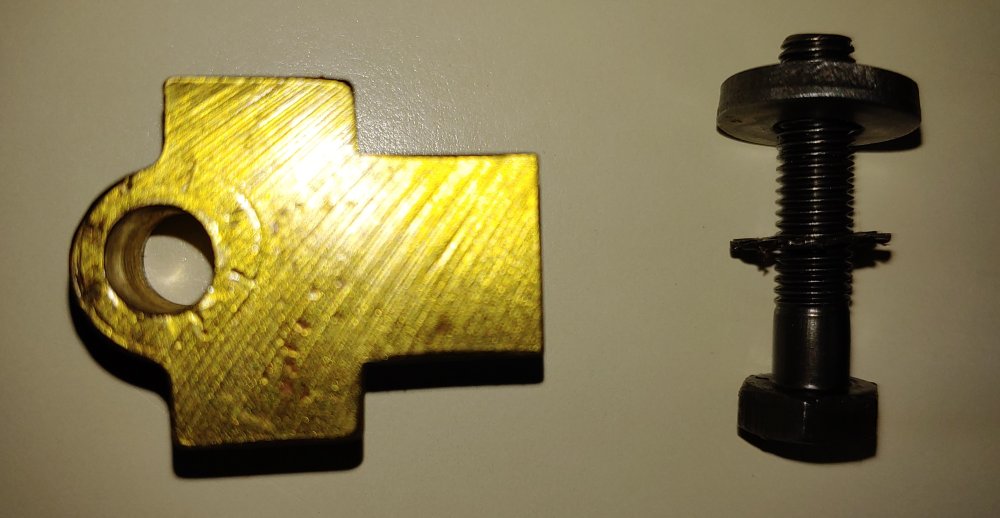
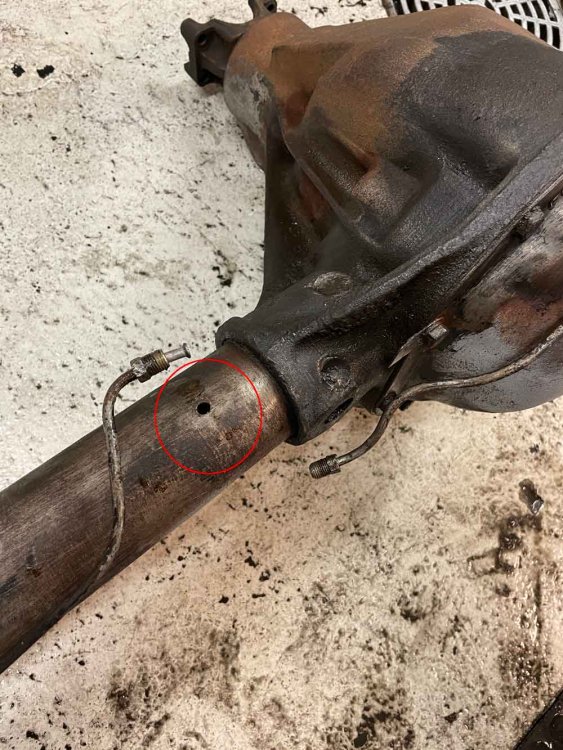
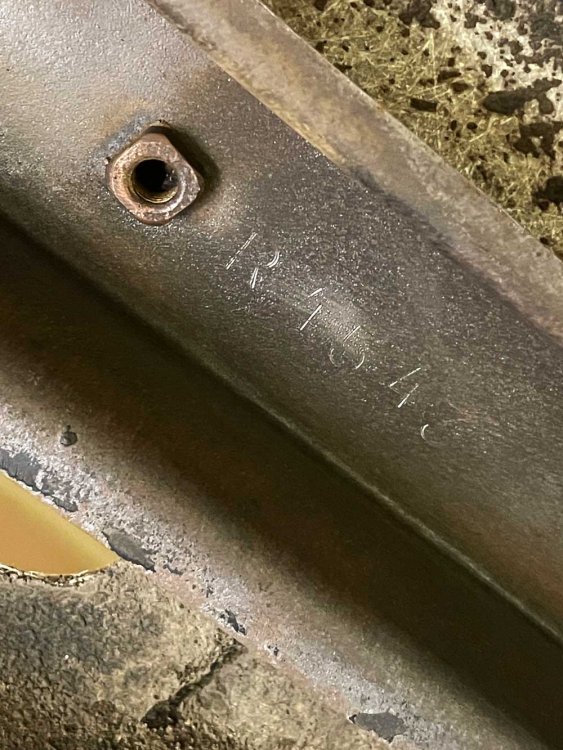
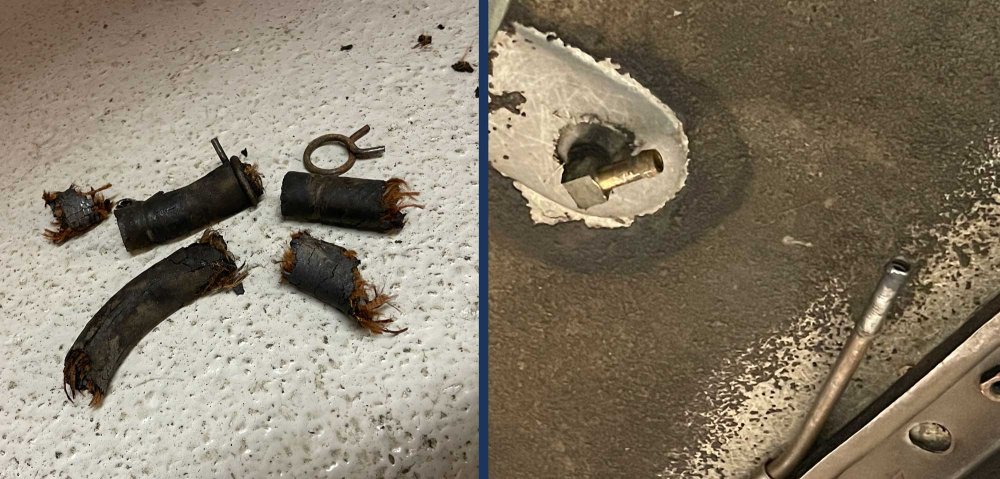



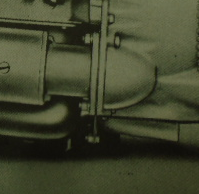
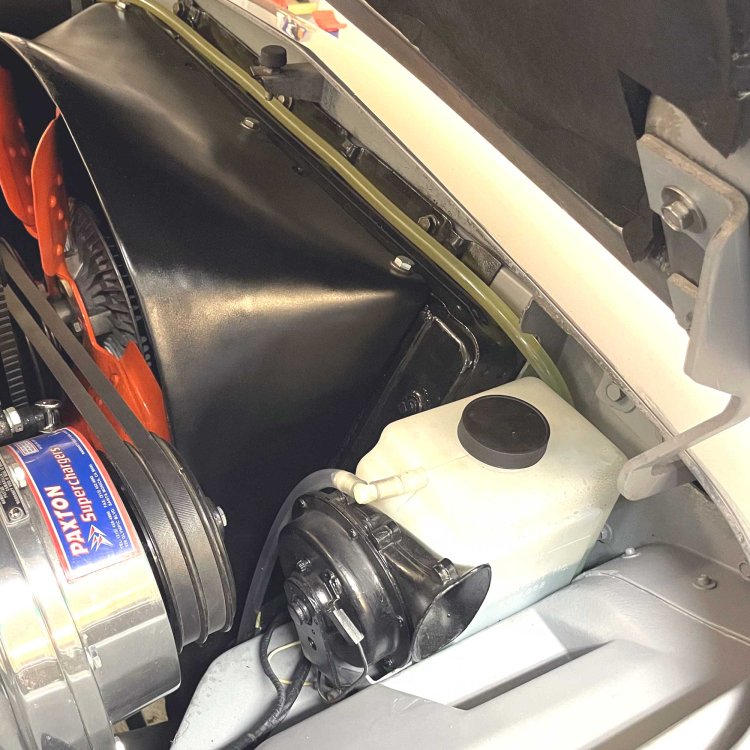

There is a big hole in the body under the back seat...
in 1963-64 Avanti
Posted
🤣 Or you can drain all the fuel that has spilled from the tank into the interior.